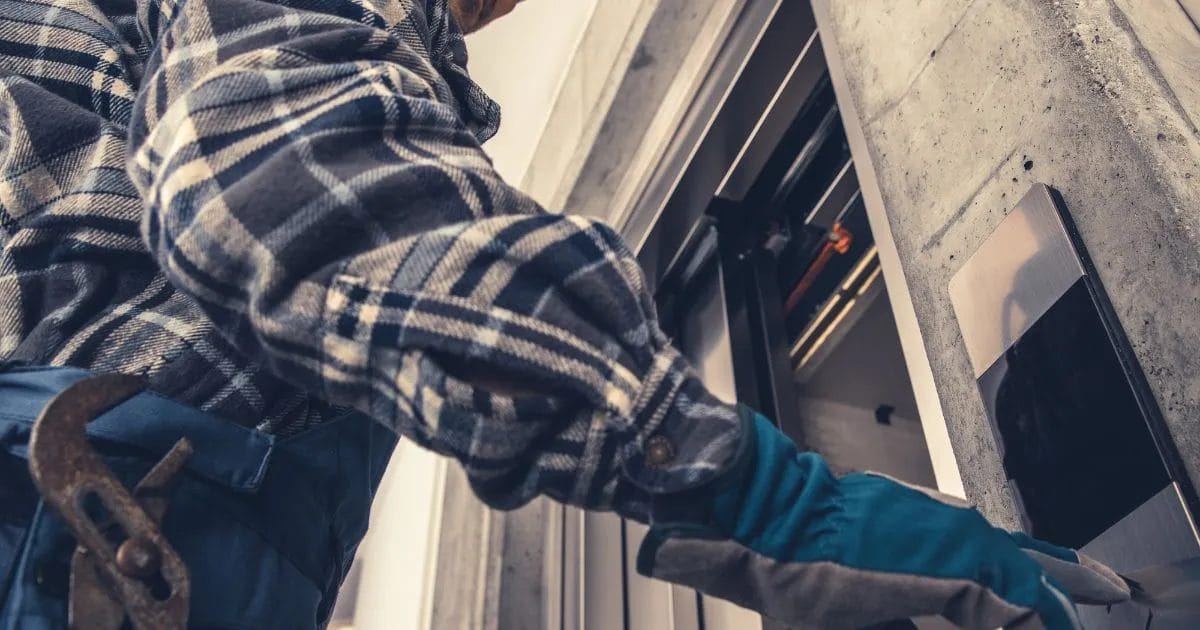The Provision and Use of Work Equipment Regulations 1998, otherwise known as PUWER, is a set of regulations designed to ensure the safety and safe use of work equipment. PUWER regulations assign responsibility to companies, employers and employees that are in control of work equipment to use that equipment in a safe way that minimises danger to themselves and to others.
Although lift regulations were in place before LOLER, these were improved upon in the Health and Safety at Work etc. Act 1974. However, LOLER Regulations only came into force on the 5th of December 1998, limited only to the UK.
Table of Contents
What is Required by PUWER Regulations?
Several requirements need to be met to comply with PUWER. These are:
- ensure the equipment is assembled suitably for usage
- take working conditions into account when equipment is being used
- ensure equipment is used for its designated purpose
- ensure equipment is properly maintained and repaired when needed
- ensure maintenance logs are up-to-date
- ensure that all people using equipment are suitably trained
- ensure that equipment controls are clearly identifiable

Additionally, if you’re responsible for any of the following uses of work equipment, you’re responsible for ensuring that the criteria for PUWER are met:
- starting the equipment
- stopping the equipment
- repairing the equipment
- modifying the equipment
- maintaining the equipment
- servicing the equipment
- cleaning the equipment
- transporting the equipment
Who is PUWER Aimed at?
Since PUWER regulations cover all sorts of work equipment, all employers and agencies are responsible for complying with PUWER to some extent. Most notably, these are:
- Factories
- Offices
- Shops
- Hospitals
- Construction Sites
- Farms
- Offshore Installations
What Equipment is Covered by PUWER?
The term “work equipment” is quite vague and doesn’t give much of a clue as to what types of equipment are covered by PUWER regulations.
Since the term “work equipment” is quite vague, it doesn’t give a clear indication of which types of work equipment are covered by PUWER. Although there are too many types of equipment to count, here are just a few that are covered by PUWER regulations:
Machinery and Tools
- Drills
- Forklifts
- Cherry Pickers
- Cranes
- Lifts
- Escalators
- Pallet Trucks
- Clamps
- Belt Sanders
- Power Tools
- Welding Equipment
- Saws
- Knives
- Hammers
- Spanners
- Screwdrivers
- Pressure Washers
- Presses
- Ladders
- Scaffolding
Appliances
- Dishwashers
- Fridges
- Freezers
- Ovens
- Microwaves
- Coffee Machines
- Washing Machines
- Vacuums
Installations
- Heating Systems
- Wiring
- Lighting
- Air Conditioning
- Revolving Doors
Misc
- Bunsen Burners
- Medical Equipment
- PPE
- Firefighting Equipment
- Computers
- Photocopiers
- Printers
As mentioned, there are countless types of equipment covered by PUWER regulations, but the list above should give you a good idea of what sort of work equipment PUWER aims to secure and mitigate the risk of mishandling.
Additionally, any equipment that is brought into work by an employee must also comply with PUWER regulations. This could be anything from a laptop to a drill.

Exemptions to PUWER Regulations
There are a few exceptions to the rule when it comes to PUWER regulations. These are:
Public Use
Equipment used by the public isn’t typically covered by PUWER. This goes for the type of equipment found at garages as these are covered by other health and safety regulations (more specifically, the Health and Safety at Work etc. Act 1974).
Domestic Use
Any appliances used by domestic workers in a private household are exempt from PUWER regulations.
Military Equipment
Equipment used by the military is also typically exempt from PUWER.
Who Enforces PUWER and How?
PUWER is enforced by health and safety inspectors. During their scheduled inspections, they’ll assess the condition and suitability of any work equipment on site. If the equipment is in need of repair or is unsuitable for use, the inspector will give either an improvement notice or a prohibition notice.
Improvement Notice
An improvement notice is given if the inspector deems a piece of equipment not to be fit for use at all times. This usually consists of poor maintenance, damage, a lack of risk assessment or if the processes to ensure proper maintenance are lacking.
When an improvement notice is given, the person responsible for the equipment is given 21 days or less to repair or maintain the equipment so that it complies with PUWER requirements.
Prohibition Notice
If the inspector has concerns that the equipment could potentially cause harm to the user, a prohibition notice will be given. In the event of a prohibition notice, the work equipment is unable to be used until the cause for concern is put right.
Keeping up-to-date with lift regulations is vital for business owners, landlords, health and safety inspectors, engineers and employees alike. If you’re interested in lift regulations, check out our article on LOLER regulations to find out how they might affect your property or lift.

